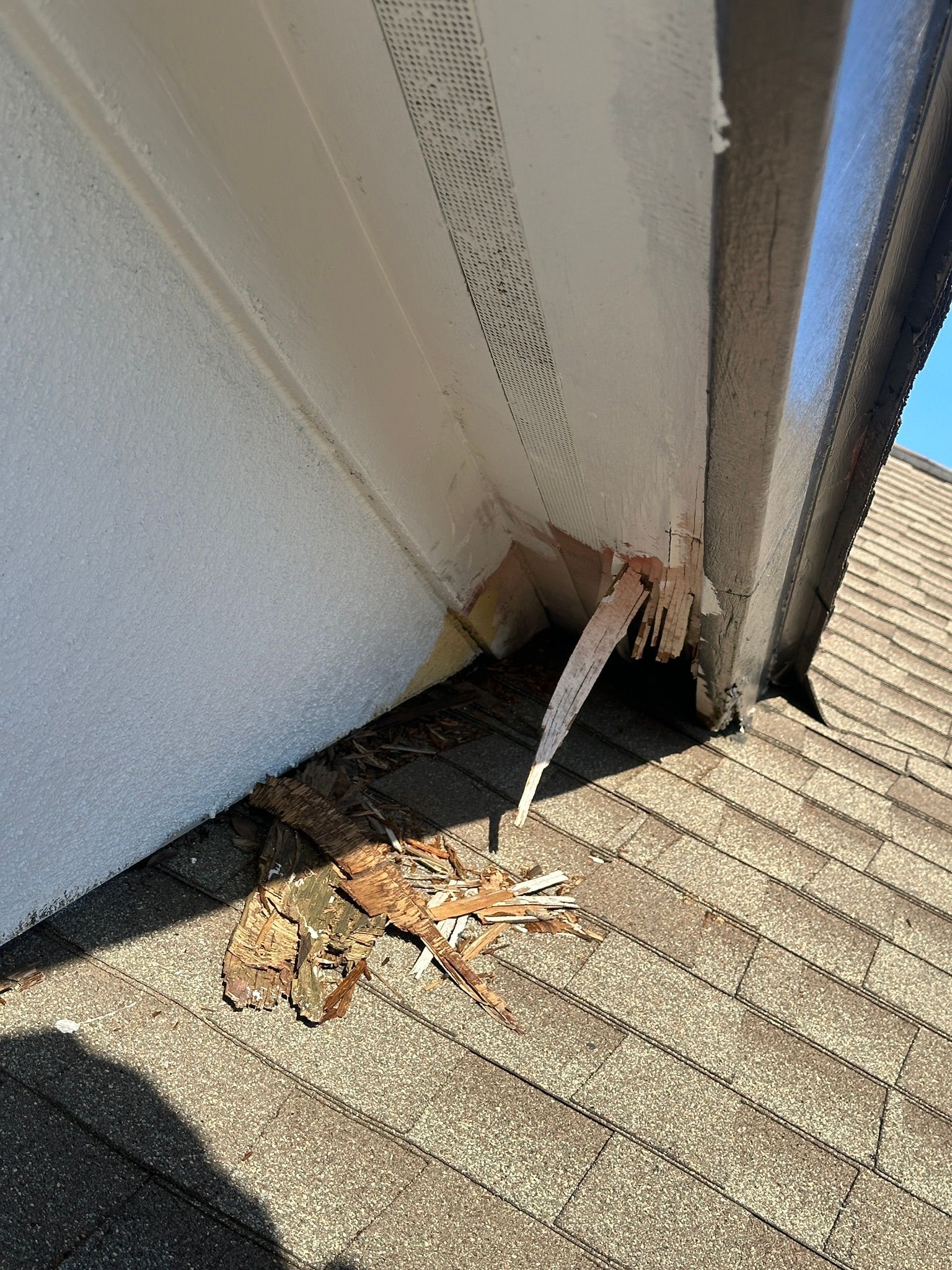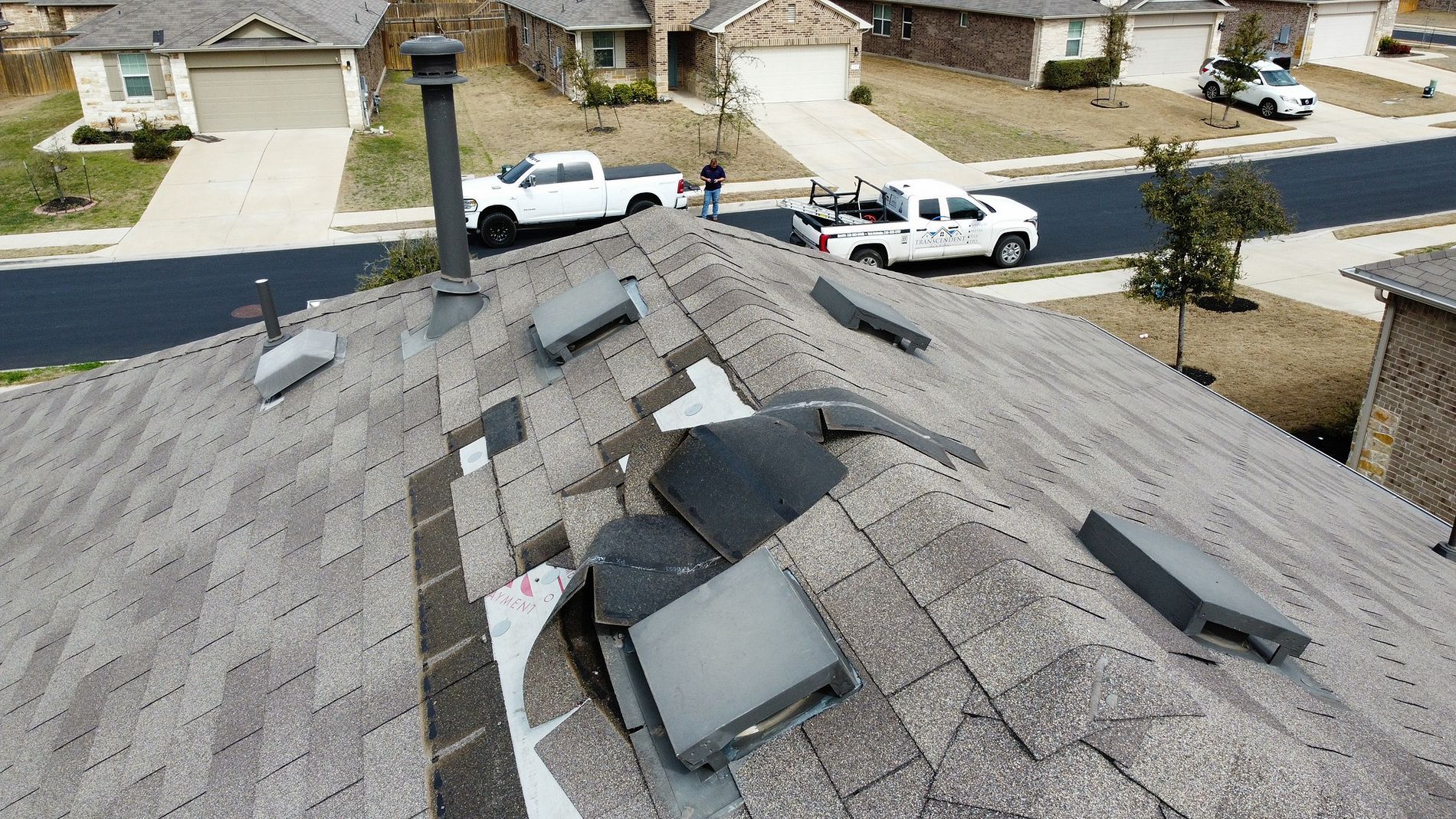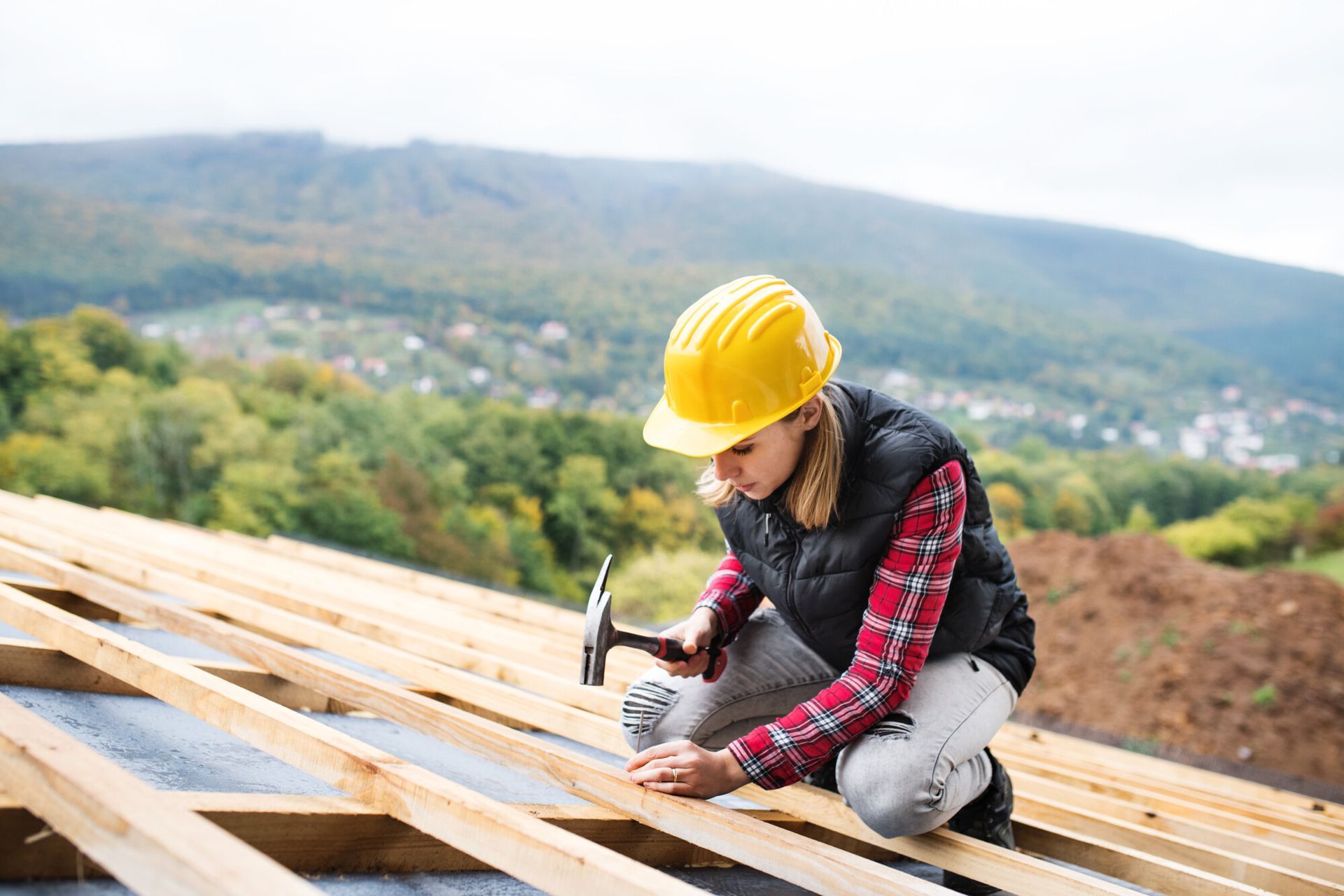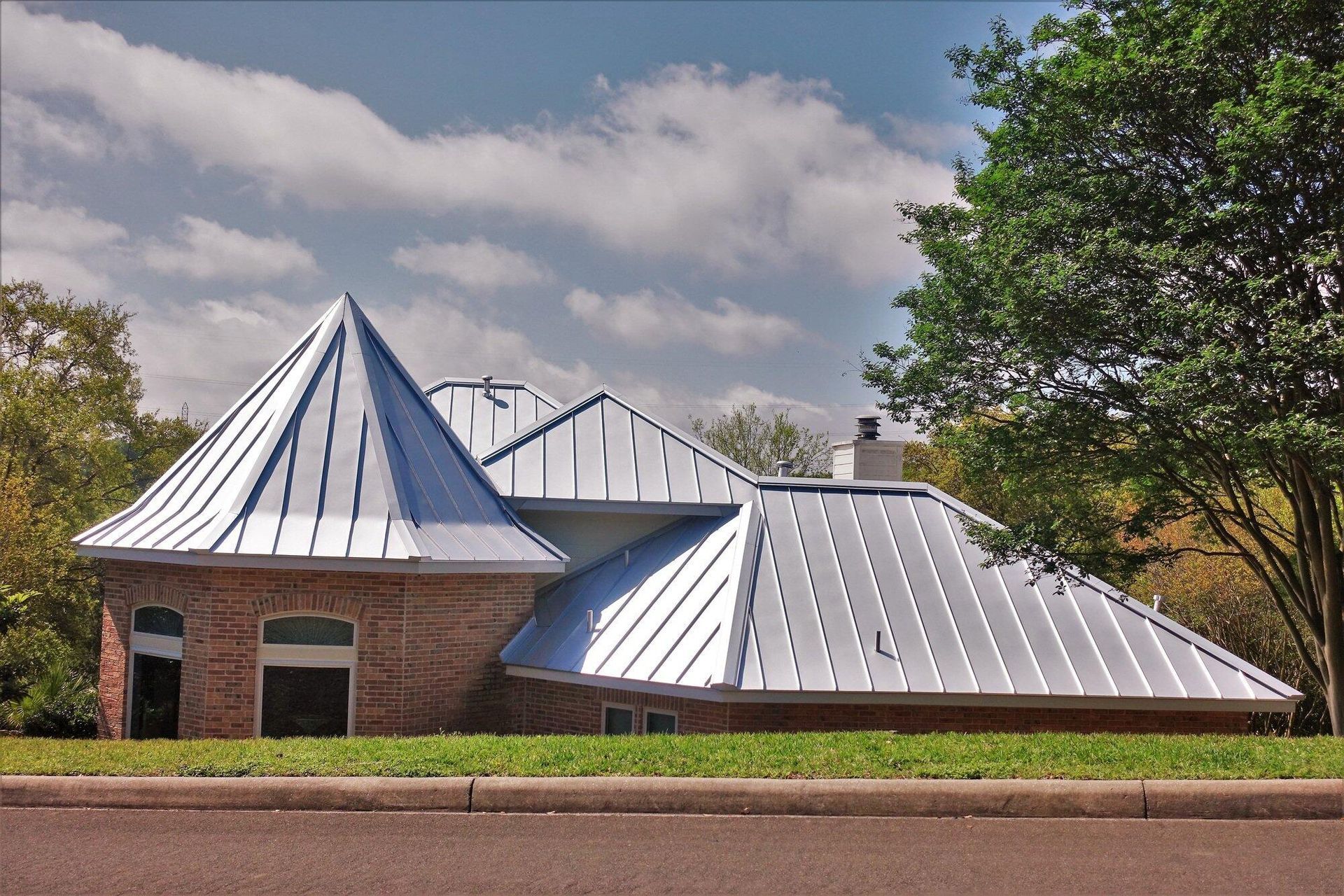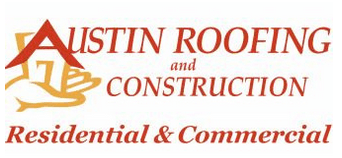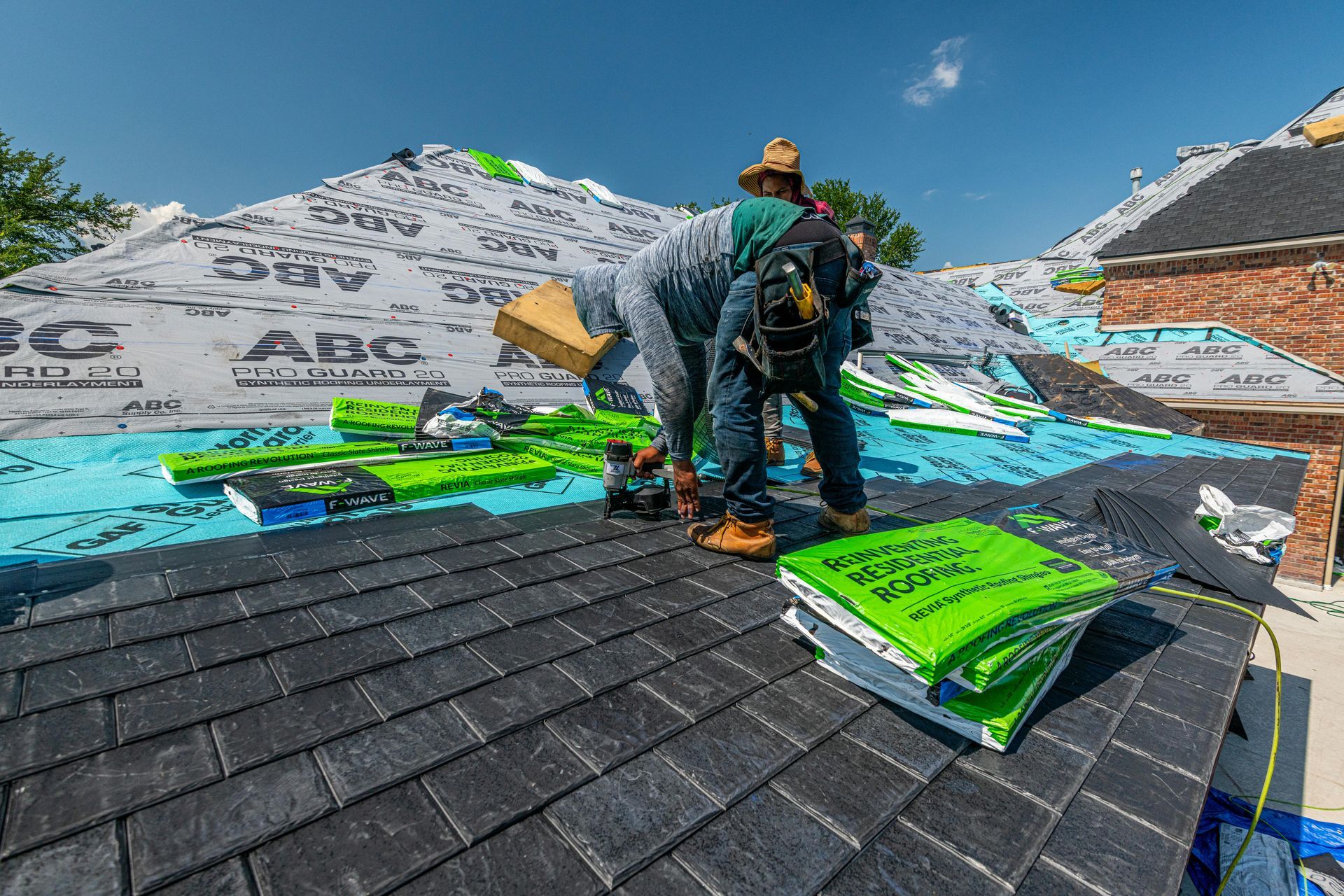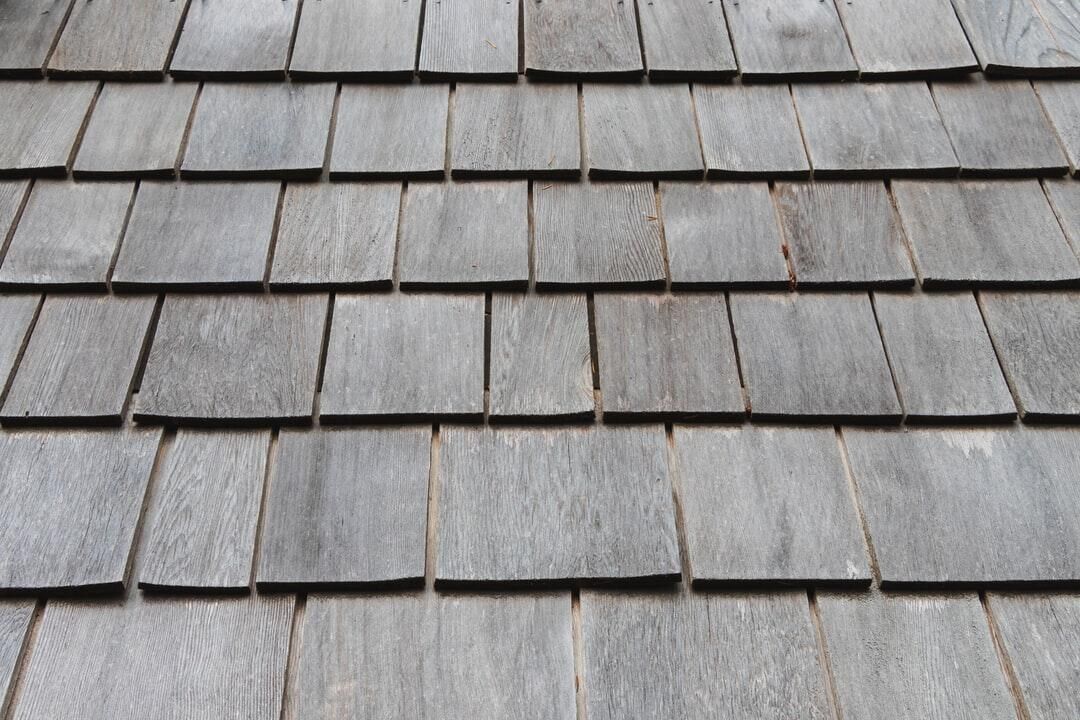Top 7 Benefits of Metal Roofing Systems
When it comes to replacing your roof, there's no shortage of options from which to choose. You're likely thinking of traditional asphalt shingles, as they tend to be the most commonly used. But we urge you to give thought to another option: metal roofing systems, known to provide long-term savings with reduced maintenance costs and more efficient home heating and cooling measures.

Top 7 Benefits of Metal Roofing Systems
1. Proven Longevity
Most homeowners switch to metal roofs for their long lifespans. A survey from McGraw-Hill confirms this, finding that 26% of homeowners invested in metal to take advantage of its longevity. Another 22% said they wanted to capitalize on its strength.
To give you an idea of what these homeowners were thinking, the average metal roof lasts 40 to 70 years and often comes with a 30- or 50-year manufacturer's warranty. This means you likely will not need to replace your roof again once you switch to metal. In contrast, traditional asphalt roofing usually lasts between 12 and 20 years.
2. Resistant to Wind Blow-off
Traditional asphalt shingles are known to blow-off in extreme weather conditions. Each shingle that is loosened weakens the entire roofing system and leaves your home vulnerable to additional wind damage; water can also blow in and destroy walls and floors.
Metal roofs, however, do more than stay in one piece; they protect against high winds and wind-driven rain to keep your home's interior safe as well.
Data from the Metal Roofing Alliance indicates metal roofs earn a 140-mph wind rating in wind uplift tests, and some can even endure gusts up to 180 mph. This can provide protection from a category 4 hurricane, which delivers maximum sustained winds of 130 to 156 mph.
Built-in Safety Measures
Factors that contribute to a metal roof's strength include the attachment methods and the interlocking and overlapping panel system that, when installed correctly, leaves little space for storm winds to sneak under roof panels and cause uplift.
Fasteners are available in three options: hidden, exposed, and stamped. Of these, hidden clips and fasteners commonly perform the best in extreme weather conditions because they remain shielded from the elements. Exposed fasteners more securely attach roof panels but need to be replaced sooner. For aluminum panels, clips and fastener screws should be stainless steel; galvanized options are best for painted steel roof panels.
3. Top Performance in Other Natural Disasters
Metal roofing systems can withstand more than high winds; they also protect your home against earthquake damage because they add less bearing pressure than asphalt shingles. Aluminum, for instance, can weigh as little as one-eighth of an asphalt roof per foot. Less mass means smaller internal forces when your home is subjected to seismic activity. In addition, metal roofs require less bracing to resist gravity and seismic loads.
Studies confirm steel roofs are less vulnerable to earthquake damage than other roofing systems. The larger panels that comprise steel systems have greater structural integrity than smaller shingles or tiles, thus helping to hold your roof together if the foundation is rattled.
Fire-resistant
Metal is one of only a few roofing options that are truly fire-resistant. Wood shakes and asphalt shingles can be manufactured or treated to be fire-resistant, but they grow vulnerable with age. A tree struck with lightning or a mere ember traveling from a nearby fire can be enough to ignite these materials.
Metal, tile, and slate are the only non-combustible materials. Heavy roofing tiles, however, can easily cave during seismic activity or an interior fire. These risks are great enough that firefighters are trained to avoid walking on tile-roofed structures during emergency situations. Likewise, in a wildfire situation, leaves, branches, and other debris moved by wind can land on roofs and cause your home to catch fire - unless the roof is made of metal.
4. Environmentally Friendly
The asphalt used in manufacturing shingles is an end-product of oil refining. It's similar in nature to road asphalt but processed more to achieve the toughness needed for roofing performance. These shingles increase our dependency on fossil fuels because they need to be replaced every 15 to 20 years; they also require more repairs, which further adds to asphalt shingle production.
The Environmental Protection Agency indicates that almost 20 billion pounds of discarded asphalt shingles arrive in U.S. landfills every year. But metal roofs are far more sustainable, starting with the fact that at least 25% of the materials they're made with are 100% recyclable themselves. And steel can be recycled numerous times without losing its strength.
Eco-conscious Initiatives
Metal roofing provides the perfect platform for homeowners hoping to leave behind a smaller environmental footprint. They are, for instance, ideal for solar panel installations and harvesting rainwater. The latter provides a free and clean source of water with these added benefits:
- Helps conserve natural water supplies
- Can be used on landscape plants and gardens
- Promotes self-sufficiency
- Reduces storm water runoff from your home
- Uses technologies that are easy and inexpensive to maintain
- Provides a viable back-up source of water in emergencies
Last but not least, metal roofs are light enough at about one-third the weight of asphalt that they can often be placed on top of existing asphalt shingles without burdening your home's structural support. This remarkable lightness is not just limited to asphalt comparisons; metal roofing is also significantly lighter than traditional tile roofing.
This means easier installation and less strain on your roof's load-bearing structures. The reduced weight simplifies the process for installers and can potentially lower labor costs. With its lightweight nature, metal roofing offers a practical advantage that enhances both the longevity and stability of your home, making it an appealing choice for savvy homeowners.
5. Energy Efficient
Because metal roofing systems reflect solar rays and thermal emittance so well, they are considered the ideal roofing material for net-zero energy homes. Metal roofs can also protect your insulation better and reduce temperature fluctuations in your home with an airtight barrier.
For hard numbers, data suggests metal can reduce cooling costs by up to 25%. It reflects rather than absorbs solar radiant heat to keep it out of your home. In addition, some metal roofs are coated with reflective pigments to further reduce heat gain, thereby keeping you and your family members comfortable without relying on the air conditioner to lower temperatures.
In the Winter Months
During cold weather, metal encourages proper ventilation to keep moisture out of your home. By keeping attic and basement spaces dry, you're less likely to develop mold and mildew that, once started, is hard to eradicate. This improves air quality throughout your home.
Last but not least, a study commissioned by the U.S. Department of Energy found the airspace beneath a shingled roof can drop by as much as 15 degrees below the outside temperature. A metal roof, however, maintains a much more consistent temperature, helping to keep the airspace warmer and reduce home heating costs.
6. Stylish with More Personalization Options
When you think of metal roofing systems, you likely envision a barn topped with gray: plain, utilitarian, and not what you want for your home. But we must interrupt this image and tell you that today's metal options are far more stylish than the tin roofs of old.
First and foremost, you can choose from an array of materials, including:
- Tin
- Zinc
- Aluminum
- Copper
- Galvanized steel
Colors and Finishes
You also have a catalog of colors, finishes, and shapes from which to choose that far surpass the options available with conventional asphalt shingles. Asphalt is available in 15 to 20 color choices, but modern metal roofs present more than 100 different color options, including premium and custom hues. No longer do you have to choose gray, brown, or black (unless you want one of those colors); now, you can coordinate with your home's overall aesthetic.
Around 70% of homeowners choose metal roofs designed with traditional vertical ribbed panels, but many other styles are also available. You can, for instance, choose metal systems that resemble wood shakes, clay tiles, or other designs. The truth is your roof can individualize and characterize your home. It accounts for around half of the visible outer shell and should therefore be considered a design element as well as a necessity.
How Easy Is It to Maintain a Metal Roof?
Maintaining a metal roof is remarkably straightforward and affordable. Unlike other roofing materials that may crack, split, or require frequent repairs, metal roofs are designed to stand the test of time with minimal upkeep.
Low Maintenance Needs
- Durability: Metals such as aluminum and steel are resistant to common issues like corrosion and mold, ensuring the roof's integrity over time.
- Smooth Surface: When properly installed, metal roofs allow rain and snow to easily slide off, minimizing the risk of accumulation and damage.
Cost-Effective Upkeep
You won't have to worry about recurring maintenance costs. In fact, most metal roofs require only routine inspections and occasional cleaning to maintain their pristine condition.
Longevity Without the Hassle
Thanks to the robust nature of metal roofs, homeowners experience fewer headaches related to upkeep, while enjoying a roof that looks great and performs exceptionally well for years.
In essence, owning a metal roof means spending less time and money on maintenance, allowing you to focus on what truly matters.
7. Increases Your Home's Value
Because a metal roof requires less maintenance and lasts many decades without needing replacement, it can significantly increase your home's value. The added peace of mind this system provides in terms of safety is also worth a premium to many shoppers, especially those nearing retirement age. You can therefore expect this to be a selling point if you choose to list your home.
In addition to giving you a monetary return on your investment, metal also increases curb appeal - an important consideration for many buyers. How much can you expect your home to grow in value? Estimates range from 1 to 6%, as home prices vary widely between living areas, square footage, and homes themselves.
A metal roof is a long-term investment that will pay dividends in the years to come. From improving your home's efficiency to reducing waste, it's an option recognized as highly eco-friendly.


